Quantifying the ‘complexity’ of consciousness can tell us how rich our experiences are.
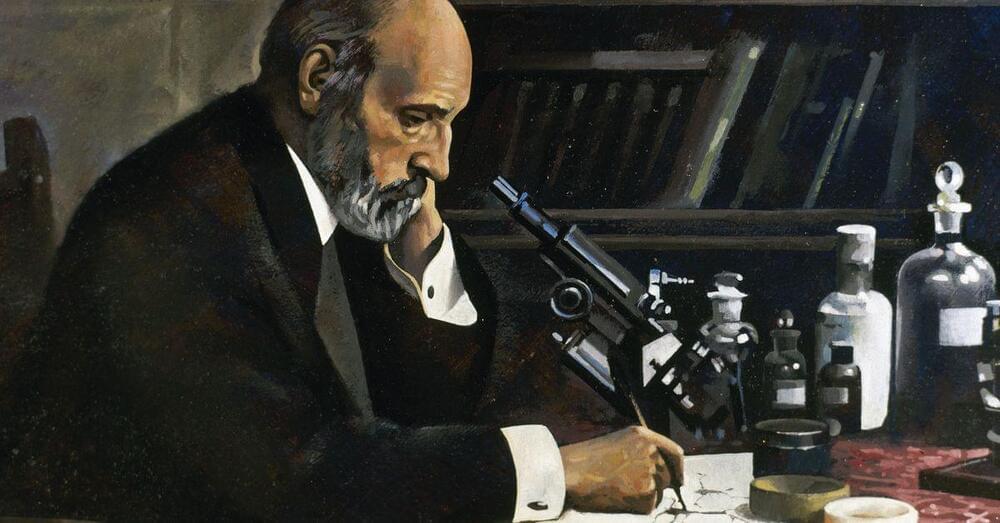

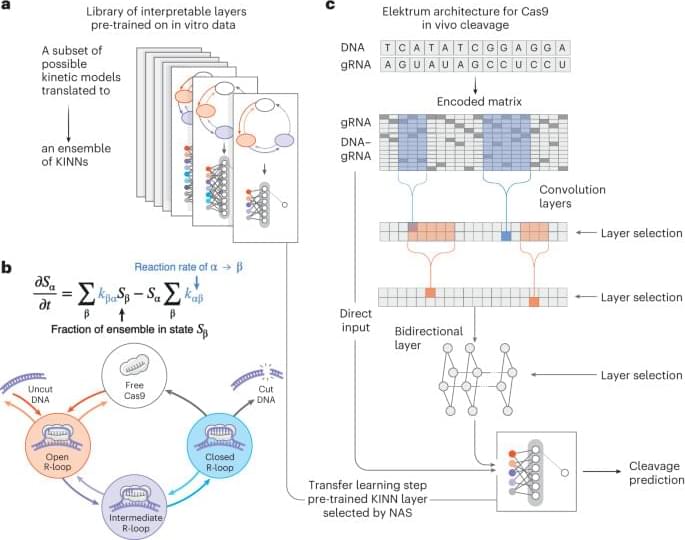
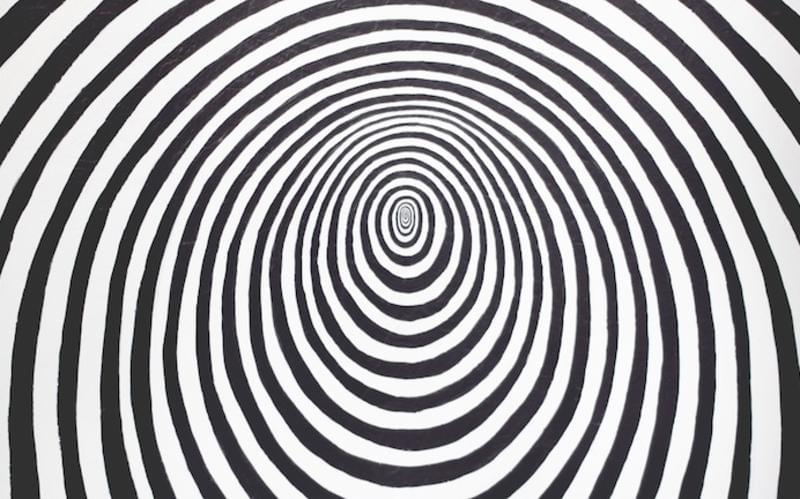
The idea that consciousness requires a self has been around since at least Descartes. But problems of infinite regress, neuroscientific studies, and psychedelic experiences point to a different reality. ‘You’ may not be what you seem to be, writes James Cooke.
We typically feel like we are the conscious subject, the one who has experiences. Look around you in this moment and direct your attention to different objects. It can feel like we exist in our heads, behind our eyes, directing a spotlight of attention in order to wilfully make things conscious. This intuitive model of the mind has often been imported into the science and philosophy of consciousness, leading to confusion in our understanding of the true nature of experience. This subject is not the bodily organism, it is something that is felt to live inside us, the possessor of the body, the “you” that is reading these words now. Consciousness is very much a property of the bodily subject, but not of the conscious subject that is felt to live in our heads.
Thinking in terms of conscious subjects was present at the very origins of the scientific method, in the work of Rene Descartes saw the natural world as unconscious mechanism. Humans alone were conceived of as being conscious by virtue of a transcendent subject that could illuminate our experience of the world [1]. If we want to understand consciousness, however, postulating the existence of an inherently conscious subject merely passes the buck of explanation. What makes that conscious subject conscious? If it is intrinsically conscious then consciousness has not been explained. If not, then what makes it conscious, another subject within it? With this logic we end up in an infinite regress, with consciousness never being explained. This view of the mind has been dubbed the Cartesian Theatre by philosopher Daniel Dennett [2].
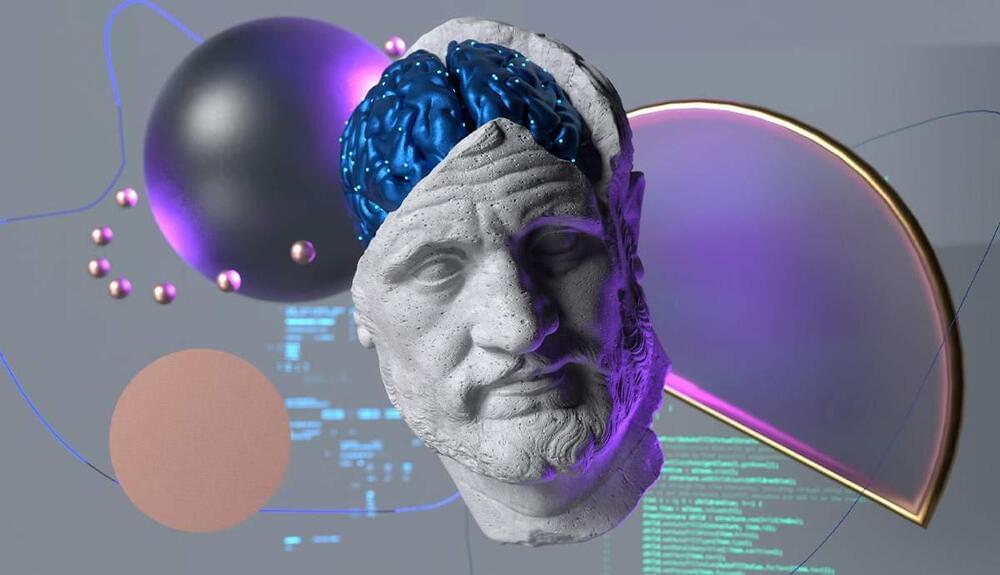
SpaceX performs a Christmas themed roll out of the next Starship to fly and relativity fires up its most powerful engine, while Amazon tests a spacecraft inters satellite laser link communication system and Rocket Lab achieves a successful launch of the QPS SAR 5 satellite.
Questions to inspire discussion.
What milestone did Relativity achieve at NASA’s Stennis Space Center?
—Relativity successfully tested their fullscale Eon R methalox engine at NASA’s Stennis Space Center, marking a significant milestone in the development of the Tran R rocket.
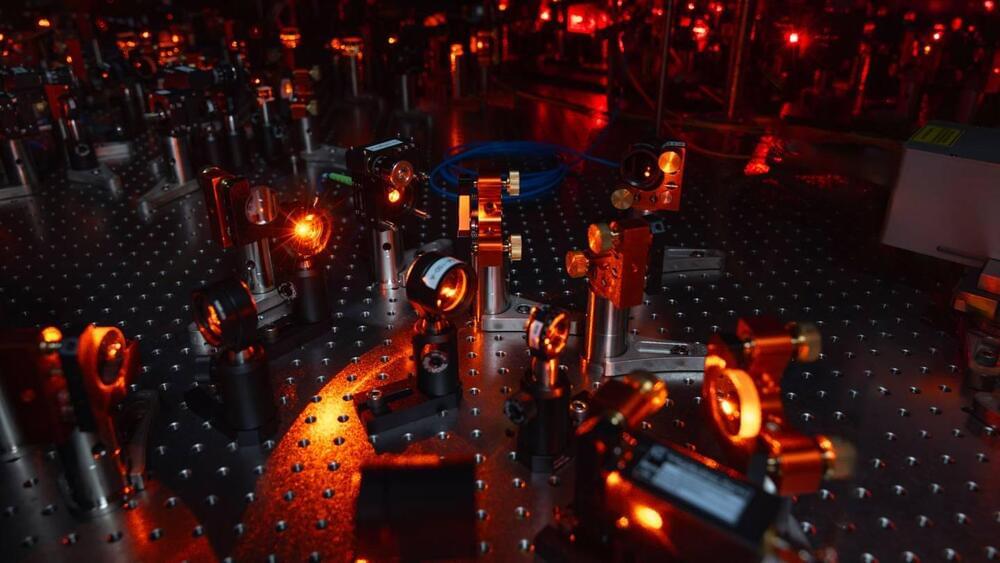
📸 Look at this post on Facebook https://www.facebook.com/share/zGyj2HkjpKbdLqCj/?mibextid=WC7FNe
The scientific feat is also ‘a breakthrough for practical applications because entangled molecules can be the building blocks for many future applications. says physicist Lawrence Cheuk.
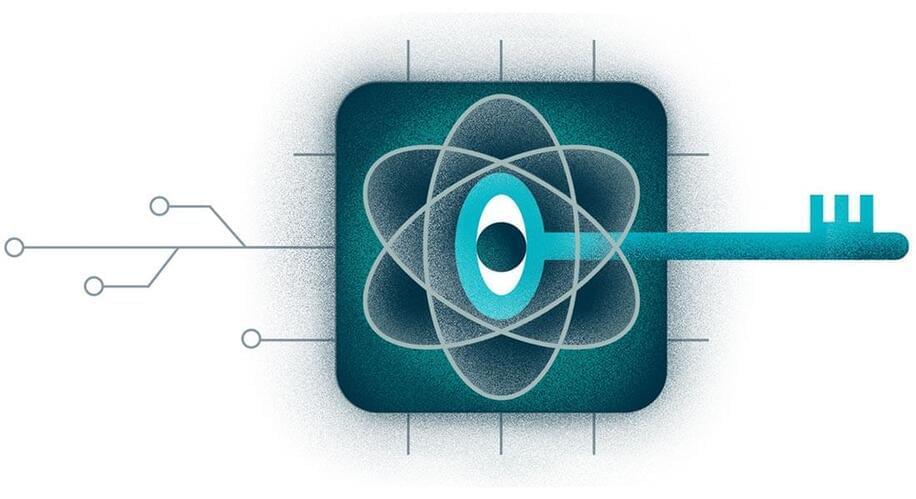
No one knows who might get there first. The United States and China are considered the leaders in the field; many experts believe America still holds an edge.
As the race to master quantum computing continues, a scramble is on to protect critical data. Washington and its allies are working on new encryption standards known as post-quantum cryptography – essentially codes that are much harder to crack, even for a quantum computer. Beijing is trying to pioneer quantum communications networks, a technology theoretically impossible to hack, according to researchers. The scientist spearheading Beijing’s efforts has become a minor celebrity in China.
Quantum computing is radically different. Conventional computers process information as bits – either 1 or 0, and just one number at a time. Quantum computers process in quantum bits, or “qubits,” which can be 1, 0 or any number in between, all at the same time, which physicists say is an approximate way of describing a complex mathematical concept.


The teacher shortage crisis is a major concern, casting a shadow on educational quality across the globe. In this academic climate, the rise of AI in the classroom sparks both hope and skepticism. Alpha school is leading the way, devoid of traditional teachers and reliant on its AI-powered curriculum and “guide” system. This innovative approach offers a glimpse of a promising future where technology and human ingenuity merge to redefine education.
AI has become a game-changer in education by customizing learning experiences according to students’ individual learning styles and paces. Alpha’s app-based tutoring system is a prime example of this. It is personalized for each student’s strengths and weaknesses, a significant departure from the traditional “one-size-fits-all” classroom approach. For instance, consider a child who struggles with math concepts. AI can modify the exercises and explanations to suit their learning style, enabling them to understand the material better.
Moreover, this AI-driven education system offers instant and detailed feedback, which may be lacking in some schools. Such immediate response fosters a deeper understanding and encourages a more engaged learning process. This level of individualized attention is a powerful tool for enhancing knowledge and engagement.